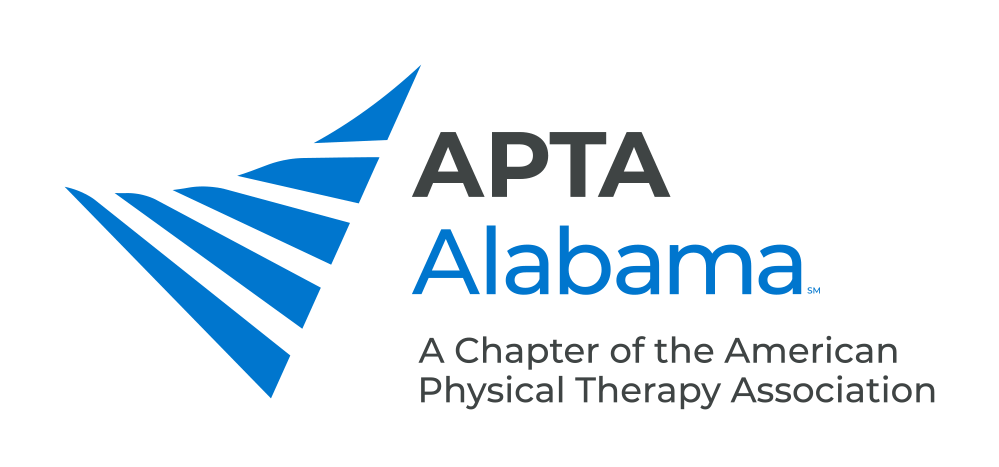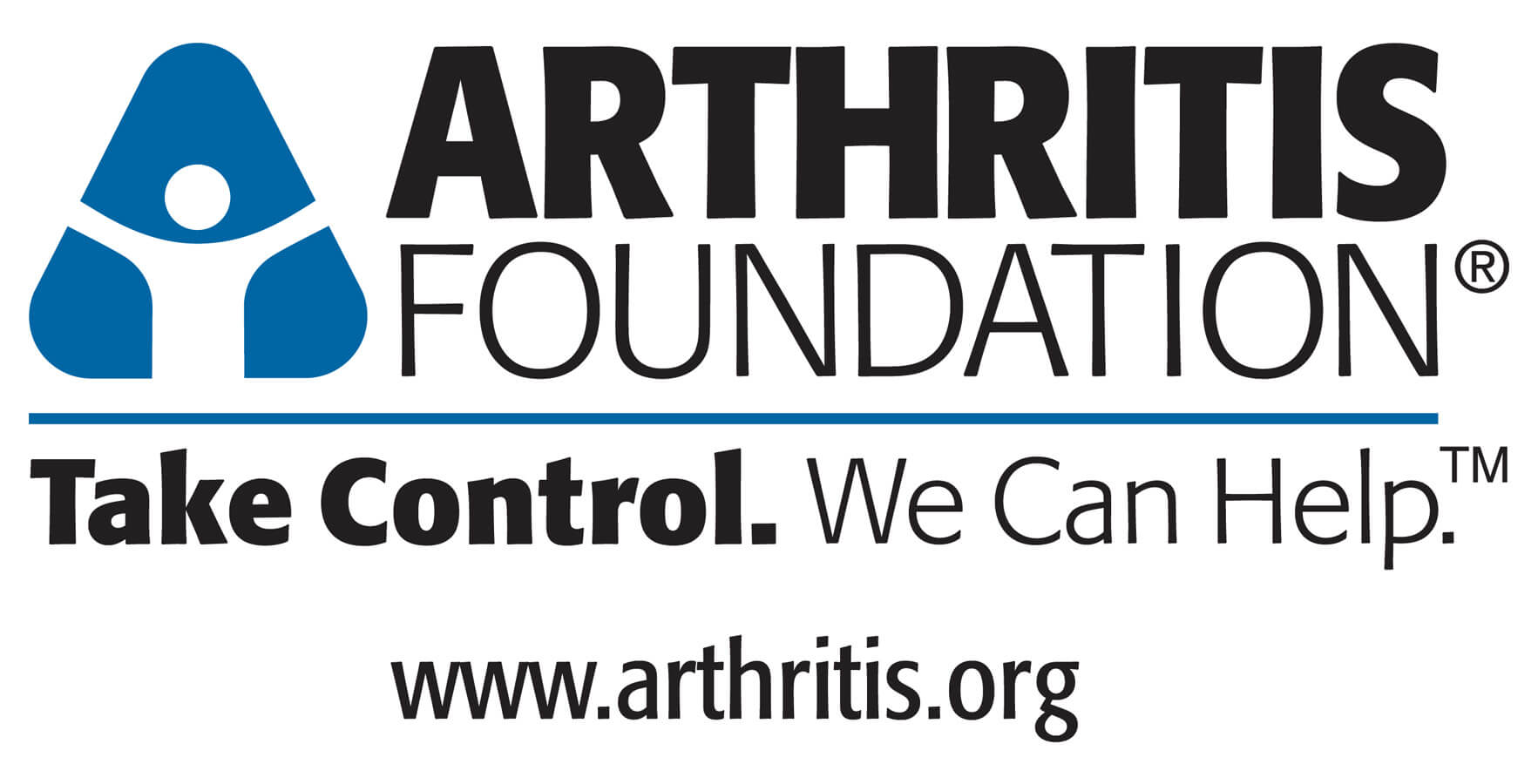Consumer Information
The Physical Therapist
Physical therapists (PTs) are health care professionals who diagnose and treat individuals of all ages, from newborns to the very oldest, who have medical problems or other health-related conditions that limit their abilities to move and perform functional activities in their daily lives.
PTs examine each individual and develop a plan using treatment techniques to promote the ability to move, reduce pain, restore function, and prevent disability. In addition, PTs work with individuals to prevent the loss of mobility before it occurs by developing fitness- and wellness-oriented programs for healthier and more active lifestyles.
Physical therapists provide care for people in a variety of settings, including hospitals, private practices, outpatient clinics, home health agencies, schools, sports and fitness facilities, work settings, and nursing homes. State licensure is required in each state in which a physical therapist practices.
All PTs must receive a graduate degree from an accredited physical therapist program before taking the national licensure examination that allows them to practice. The majority of programs offer the doctor of physical therapy (DPT) degree.
WHAT DO PHYSICAL THERAPISTS EARN?
More than 150,000 physical therapists are licensed in the U.S. today. The median salary for a physical therapist is $70,000 depending on position, years of experience, degree of education, geographic location, and practice setting.
WHERE DO PHYSICAL THERAPISTS PRACTICE?
Although many physical therapists practice in hospitals, nearly 80 percent practice in:
- Outpatient clinics or offices
- Inpatient rehabilitation facilities
- Skilled nursing, extended care, or subacute facilities
- Homes
- Education or research centers
- Schools
- Hospices
- Industrial, workplace, or other occupational environments
- Fitness centers and sports training facilities
WHAT ARE THE EDUCATIONAL REQUIREMENTS FOR BECOMING A PT?
The minimum educational requirement is a post-baccalaureate degree from an accredited education program. While some programs offer a master’s degree, a growing majority of programs offer the Doctor of Physical Therapy (DPT) degree. Currently, 199 colleges and universities nationwide offer professional physical therapist education programs; 79.4% offer the DPT and another 20% are planning to convert.
WHAT ARE THE LICENSURE REQUIREMENTS FOR BECOMING A PT?
After graduation, candidates must pass a state-administered national exam. Other requirements for physical therapy practice vary from state to state according to physical therapy practice acts or state regulations governing physical therapy.
WHAT IS THE EMPLOYMENT OUTLOOK FOR PHYSICAL THERAPY?
With just a 0.2 percent unemployment rate, physical therapists are now experiencing the best employment conditions since enactment of the Balanced Budget Act of 1997.
For more information on a career in physical therapy, click here, or contact APTA, 3030 Potomac Ave, Suite 100, Alexandria, VA 22305, telephone: 800-999-2782.
WHERE CAN I FIND A PHYSICAL THERAPIST PROGRAM?
Alabama State University
Samford University
The University of Alabama at Birmingham
University of South Alabama
The Physical Therapist Assistant
Physical therapist assistants (PTAs) provide physical therapy services under the direction and supervision of a physical therapist. PTAs help people of all ages who have medical problems, or other health-related conditions that limit their ability to move and perform functional activities in their daily lives. PTAs work in a variety of settings including hospitals, private practices, outpatient clinics, home health, nursing homes, schools, sports facilities, and more. PTAs must complete a 2-year associate’s degree and are licensed, certified, or registered in most states. Care provided by a PTA may include teaching patients/clients exercise for mobility, strength and coordination, training for activities such as walking with crutches, canes, or walkers, massage, and the use of physical agents and electrotherapy such as ultrasound and electrical stimulation.
WHAT DO PHYSICAL THERAPIST ASSISTANTS EARN?
The median income for a physical therapist assistant is $37,000 depending on position, years of experience, degree of education, geographic location, and practice setting.
WHERE DO PHYSICAL THERAPIST ASSISTANTS WORK?
Today, physical therapists provide health care services to patients of all ages and health conditions in a variety of settings, including:
- Outpatient clinics or offices
- Hospitals
- Inpatient rehabilitation facilities
- Skilled nursing, extended care, or subacute facilities
- Homes
- Education or research centers
- Schools
- Hospices
- Industrial, workplace, or other occupational environments
- Fitness centers and sports training facilities
WHAT ARE THE EDUCATIONAL REQUIREMENTS FOR BECOMING A PTA?
Physical therapist assistants must complete a two-year education program, typically offered through a community or junior college. Candidates receive an associate’s degree upon graduation. The course of study usually includes one year of general education and one year of technical courses on physical therapy procedures and clinical experience. There are 233 accredited physical therapist assistant education programs throughout the country.
WHAT ARE THE LICENSURE REQUIREMENTS FOR BECOMING A PTA?
More than 40 states require physical therapist assistants to be licensed, registered, or certified. States requiring licensure stipulate specific educational and examination criteria.
WHAT IS THE EMPLOYMENT OUTLOOK FOR PHYSICAL THERAPY?
Employment conditions for physical therapist assistants continue to improve. There is currently an unemployment rate of 3.9 percent, down from 4.2 percent in spring 2001.
WHERE CAN I FIND A PHYSICAL THERAPIST ASSISTANT PROGRAM?
Bishop State Community College (Mobile)
Calhoun Community College (Decatur)
G.C. Wallace Community College (Dothan)
Jefferson State Community College (Birmingham)
South University (Montgomery)
Wallace State Community College (Hanceville)
The Time Has Come for Nationwide Access to Physical Therapists Under Medicare
- Direct access eliminates the burden of unnecessary visits to physicians. The referral requirement can cause delays and denials of services provided by physical therapists. Delays in care result in higher costs, decreased functional outcomes, and frustration to patients. Direct access to physical therapists improves the accessibility to rehabilitation services.
- Direct access to physical therapists does not promote overutilization or increase the cost of health care. A 1994 study on the cost-effectiveness of direct access to physical therapists found that the costs incurred for physical therapy visits were 123% higher when patients were first seen by a physician than when they went to a physical therapist directly.1This study also showed that physician referral episodes generated 67% more physical therapy claims and 60% more office visits than did episodes when the patient went directly to the physical therapist without a physician referral.
- Licensed physical therapists are well qualified to provide services independent of referral from physicians. Physical therapists are educated at the postbaccalaureate level and receive extensive education and clinical training to be able to practice without a referral. Thirty-nine states currently have some form of direct access by a licensed physical therapist. It is time that Medicare beneficiaries have the same access.
- Liability insurers and the Federation of State Boards of Physical Therapy affirm that direct access does not jeopardize the health, safety, or welfare of the patients/clients seeking physical therapists’ services without referral. Health Providers Service Organization, the leading liability insurer of physical therapists in the United States, indicates in a March 22, 2001, letter that “direct access is not a risk factor that we specifically screen for in our program because it has not negatively impacted our claims experience in any way. In addition, we do not have a premium differential for physical therapists in direct access states.”2
References
1. Mitchell JM, de Lissovoy G. A comparison of resource use and cost in direct access versus physician referral episodes of physical therapy. Phys Ther. 1997;77:10-18.
2. Health Providers Service Organization, in a March 22, 2001, letter to the American Physical Therapy Association, on file.
Disclaimer: The content of www.ptalabama.org is not intended as a substitute for care from a physical therapist or other health care professional. If you experience signs or symptoms of injury, disease or illness you should seek the advice of a physical therapist or other health care professional.




